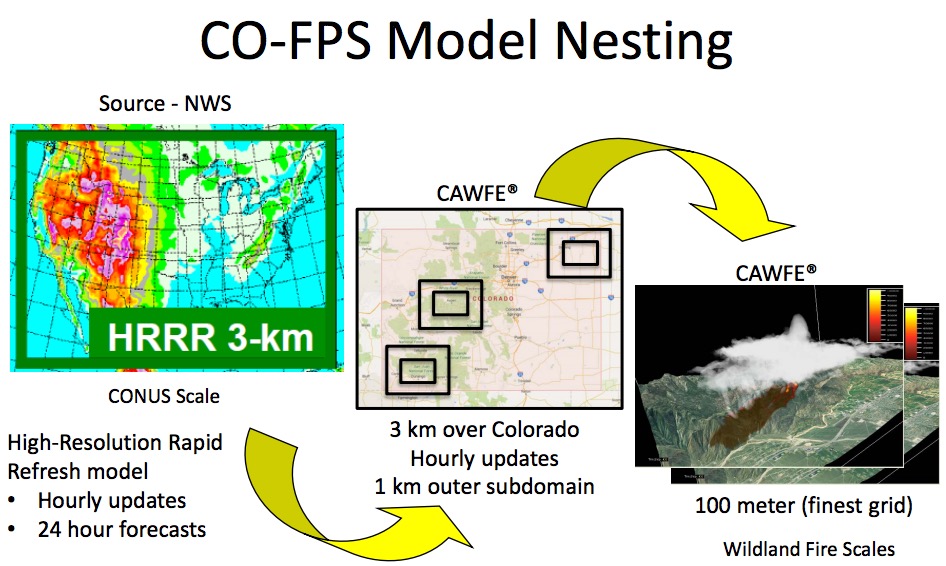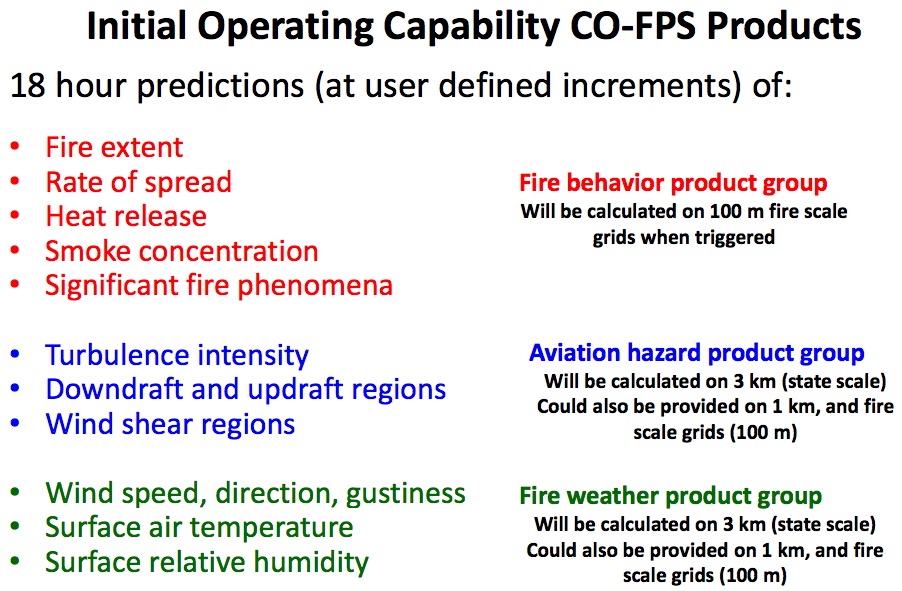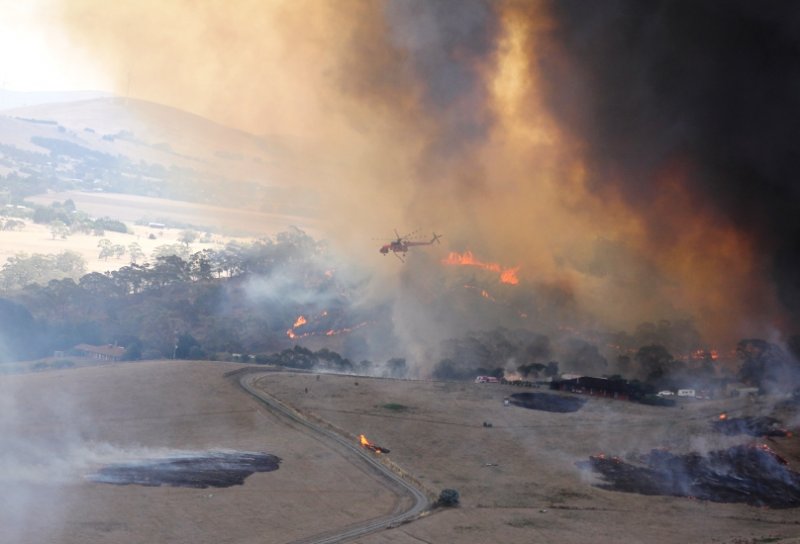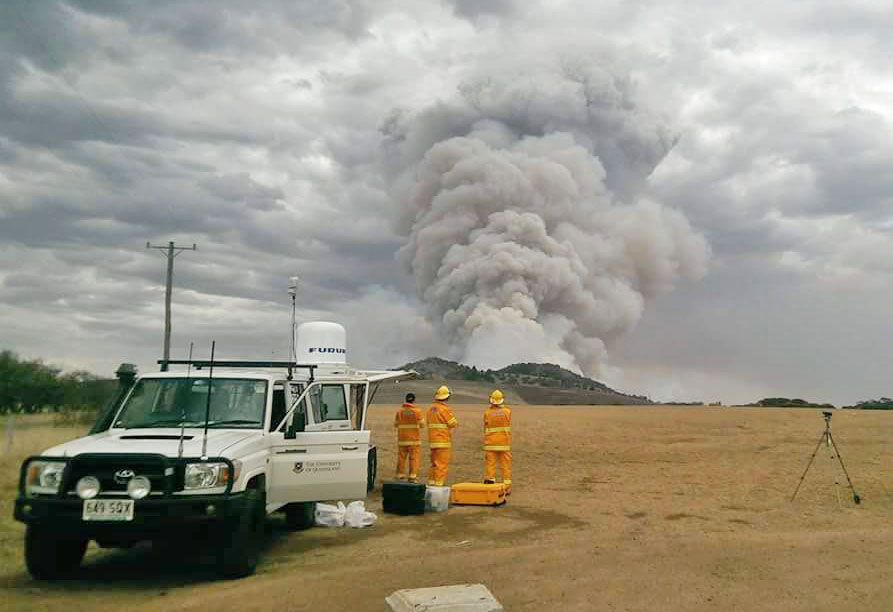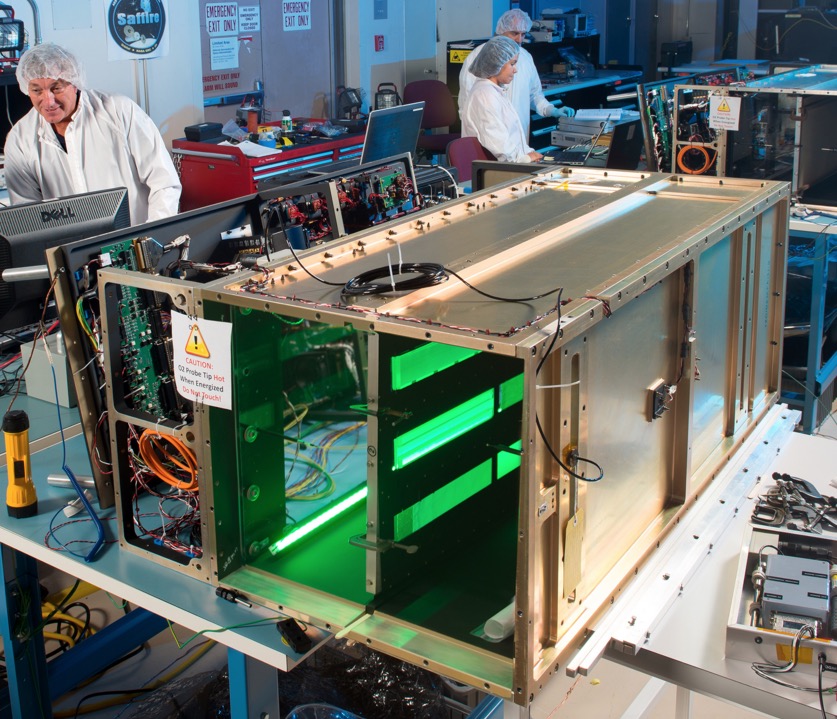
Like a fire onboard a ship, a fire on a spacecraft is a nightmare scenario with possibly disastrous consequences. NASA is doing what it can to prevent fires in space. The agency has conducted small-scale studies on the International Space Station (ISS) to determine how fires spread in microgravity without convection. This also helps them figure out the best way to suppress a fire after it starts.
One way to study the problem is to conduct prescribed fires, which is exactly what they will do. The project is called Spacecraft Fire Experiment, or Saffire. Over the next year or so they will set fires on three Cygnus spacecraft used for ferrying supplies to the ISS.
After the unmanned Cygnus offloads its cargo it will detach from the ISS and eventually burn up as it re-enters Earth’s atmosphere. But before being destroyed by fire over the Pacific Ocean scientists will use the vehicle as an experiment bed.
The launch of the first Cygnus spacecraft with the Saffire I experiment is scheduled for March 22.
The video below elaborates on this experiment.
An excerpt from a NASA article:
****
…“A spacecraft fire is one of the greatest crew safety concerns for NASA and the international space exploration community,” says Gary Ruff, Saffire project manager.
Saffire will involve far larger flames than previous experiments and will investigate the way fire spreads on a variety of combustible materials. Because the experiments will be conducted away from the space station, there is no risk to the astronauts aboard.
Each Saffire experiment will be remotely operated inside a 3 x 5 foot module, split into two compartments. One side of the module is an avionics bay that contains sensors, high definition video cameras and signal processing equipment. The other side contains the hardware required to ignite a large flame and burn the fabrics and materials inside.
When the experiments begin, Saffire I and III will burn one large 16 by 37-inch piece of SIBAL cloth, which is a blend of fiberglass and cotton. This material has been studied in previous microgravity combustion experiments, although at a much smaller size. The SIBAL cloth will be burned from the bottom to see how the flame spreads. If the flame extinguishes itself, scientists will light it at the top and see what happens as the flame moves opposite to the airflow.
Saffire II, scheduled to launch in June from Wallops Flight Facility in Virginia, will ignite a mix of nine different samples of materials used routinely on the space station including flame retardant fabrics used for astronaut clothing, station Plexiglas window samples with edge variations and structures used for storage containers and silicone composites. Each sample is two by 11 inches, the size sample NASA uses to screen materials on Earth before they are used on a spacecraft.
“Saffire seeks to answer two questions,” says David Urban, principle investigator. “Will an upward spreading flame continue to grow or will microgravity limit the size? Secondly, what fabrics and materials will catch fire and how will they burn?”…


